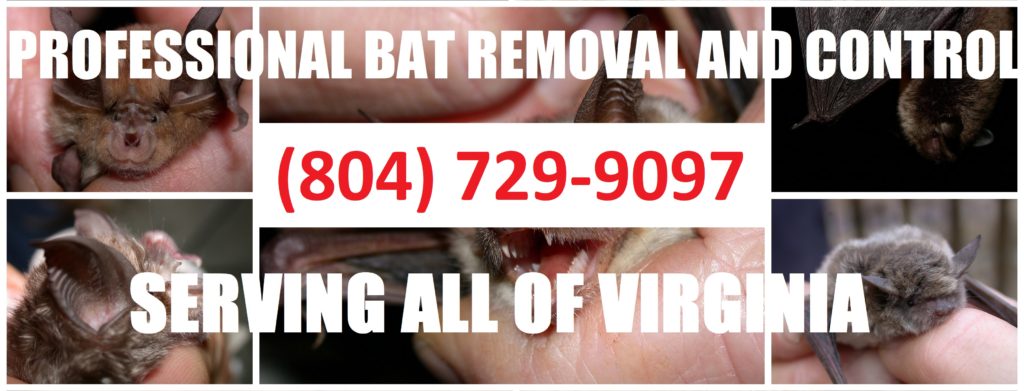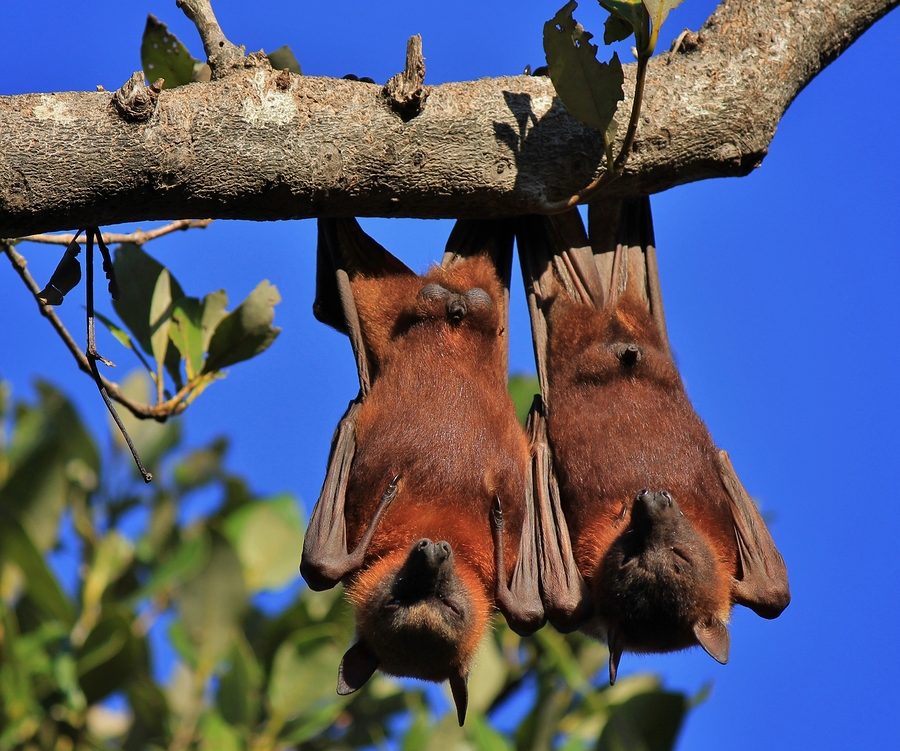So you have your costumes laid out, a big bag of goodies to pass out, and a party in store. But don’t forget; no Halloween would be complete without all the fun and spooky décor!
When you think about Halloween decorations, the first images that pop into your head are pumpkins, witches, spider webs, dead trees, haunted houses, and of course, bats. Although it’s obvious why many of these things are creepy, why are bats considered so spooky? Why did they become such an ingrained part of our Halloween traditions?
Continue reading to find out some fun Halloween bat facts that you can share with your friends this week!

Bats and Halloween
The correlation between Halloween and bats might have started with their natural features and characteristics. You see, bats are nocturnal, have sharp pointy teeth, and webbed wings. All of these qualities and features can be considered a bit on the eerie side. However, there might be more to the history of bats and Halloween.
Vampire Bats
Then you have the Vampire Bat, which was likely another large influence on the incorporation of bats on All Hallows’ Eve. Vampire bats are one of the only species of mammal that consume the blood of their prey. This, combined with their name and nocturnal nature, can easily be seen as scary and spooky! Once this species was discovered in Central and South America, they were quickly dubbed “Vampires”, and word spread around. Soon after, Bram Stoker’s Dracula (1897) depicted vampires shapeshifting into bats, which cemented the spooky connection.
The truth is, Vampire bats do not attack humans or pets, and instead, mostly target livestock like cows, pigs, and horses. Furthermore, they do not kill their prey; it is more of a symbiotic relationship. They make a small incision in the flesh, lap up the pooling blood with their tongues, and then scurry off into the night. The wound seals up quickly and the animal is not harmed or bothered in anyway. See our blog, “Common Misunderstandings About Bats” to clear up some more rumors you’ve heard about bats.
The Actual Scary Part About Bats
Although bats are incredible mammals that play a large, beneficial role in our surrounding Eco-system and economies, they are not something you want inside your property. Bats are looking for winter shelter right now, which could mean your attic, roof, wall voids, and similar dark, cozy spots. If you have seen bats flying in your neighborhood before, they are a possible threat in terms of property damage and infestation. Bats are so small, they can fit through an opening as tiny as 3/8ths of an inch, which means you could have vulnerabilities you don’t even know about. Read our blog, “The Top Three Signs that You Have Bats in the House” to learn how to spot the clues.
Another common bat threat is disease. Bats are known carriers of several infectious and contagious diseases and parasites, such as Rabies, Histoplasmosis, bat mites, lice, and more. It is vital that you never attempt to touch, trap, harm, or kill a bat under any circumstances. Furthermore, always make sure your pet’s vaccinations are up to date. Read our blog, “3 Transmissible Bat Diseases That Can Affect People and Pets” to learn more about bat diseases.
Preventing Nuisance Bat Problems
Contact a local Virginia bat control professional for help protecting your home against potential bat damages before they can happen. If you suspect you have bats in the attic, or bats in your house, contact them for emergency bat removal services as soon as possible. The longer bats are in your house, the more damages add up. So to prevent costly damages and invasive repairs, be sure to act fast and schedule an inspection.
Virginia Bat Removal and Control You Can Trust
Contact Virginia Bat Pros at 804-729-9097 for safe and humane bat removal and control services you can trust. We use safe and humane methods to deliver effective 24 hour bat control for residential and commercial properties throughout Virginia. We serve all of Virginia, including Richmond, Petersburg, Short Pump, Lynchburg, Charlottesville, Norfolk, Chesapeake, Newport News, Virginia Beach, and all of their surrounding areas.


